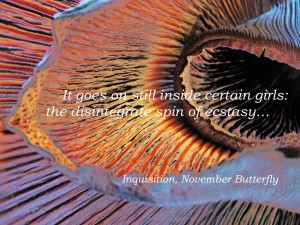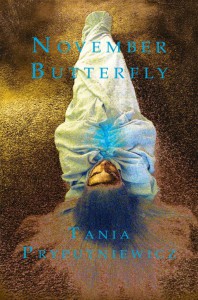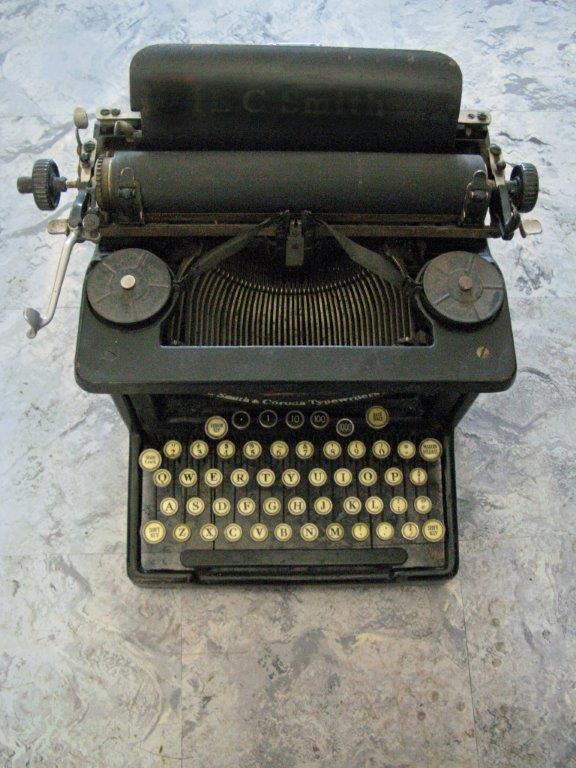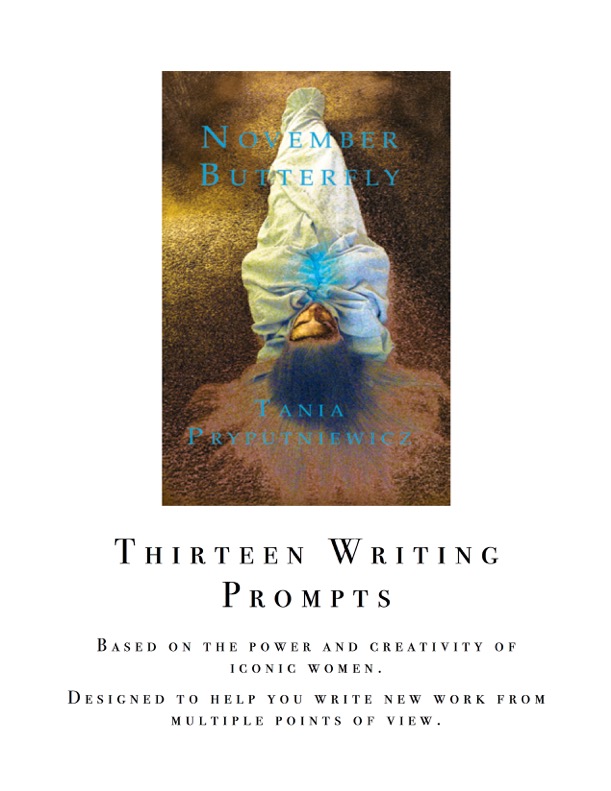 “No excuse to hide, or your daughter will,” is a line I cut (for its baldness) and then kept splicing back in to a Joan of Arc poem….As a poet I’m cursed with that childlike belief in the incantatory strength of words to push sunward the group mind we inhabit. More likely blessed. Comes a time when you have to wait, Feral Mom, Feral Writer
“No excuse to hide, or your daughter will,” is a line I cut (for its baldness) and then kept splicing back in to a Joan of Arc poem….As a poet I’m cursed with that childlike belief in the incantatory strength of words to push sunward the group mind we inhabit. More likely blessed. Comes a time when you have to wait, Feral Mom, Feral Writer
Today’s prompts were inspired in part by three poems for Joan of Arc published in November Butterfly (Saddle Road Press), Inquisition, Isabelle: Beaurevoir Castle, and Joan, 21 Century. The poems speak from three vantage points: Joan’s mindframe during the Inquisition, Joan’s mother Isabelle addressing Joan, and Joan considering her situation as if transplanted into the 21 Century.
Today’s Prompts:
- Refamiliarize yourself with your favorite Joan of Arc narrative, permutation, or novel (44 alone listed on Goodreads). If a thespian, consider re-reading Bernard Shaw’s Saint Joan (via Gutenborg Project, Australia). You can also reread translated trial transcripts, Medieval Sourcebook: The Trial of Joan of Arc (via Fordham University). Ask yourself which portion of Joan’s story holds the deepest charge of mystery and attraction for you. This will help you choose your point of entry for your writing. Where in her known narrative are you compelled to step in and witness? Where are the gaps in the witnessing of her story?
- Now let’s turn to poetry. Read Linda McCarriston’s La Coursier de Jeanne d’Arc (up at poets.org). McCarriston chooses to focus on Joan’s horse and re-imagines the details of the familiar narrative through a slightly distanced but no less intimate point of view. Consider peripheral figures or objects from Joan’s familiar narrative, such as garments, objects, or nature itself (trees, grass, sky, birds). Write a poem focused on describing that bit of nature or object or garment during the burning at the stake. Next, move backwards along Joan’s timeline and choose an opposing moment (birth? conception? first word?) in which to set your object, garment, or aspect of nature in relation to Joan.
- Or consider replicas. Read Touch Gallery: Joan of Arc by Mary Szybist (from Incarnadine, Graywolf Press, 2013) up at Poetry Foundation’s site. Szybist arrives at her intimacy partly through the invitation or access to touch. Choose one of the five senses and re-enter Joan’s narrative focusing entirely on that one sense to direct your understanding of what you witness as the events unfold. Again, choose a pivotal moment during which to engage your senses.
- Put Joan in a contemporary setting (waiting for a bus, checking out books at the library, running for office, and so on). Write, considering these two questions: Which of her strengths are stronger? Which are weaker?
- Read Jeanne d’Arc by Eileen D. Moeller (posted on her blog, And So I Sing: Poems and Iconography). Moeller imagines into Joan’s relationship with the Voices. Write your own poem, speaking as the Voices addressing Joan, or take up Joan in first person and respond to the Voices. Choose your point of entry around the part of her narrative that confuses or inspires you the most.
Write for at least twenty minutes without censor and share your exercise or any thoughts about your writing process in comments below. Or add links for us to visit along any topic line inspired by the exercise.
Related Links:
Interview with Mary Szybist, Incarnadine, National Book Foundation, by Shara Lessley
Lyrics to Leonard Cohen’s Joan of Arc song via Oldie Lyrics.com
Joan of Arc: Jennifer Warnes and Leonard Cohen (one of many versions up on You-Tube–thank you Liz Brennan for introducing me to this duet)
Let the Grief Inform Your Throat by Jennifer Warnes
Famous Blue Raincoat (notes on)
Domremy, Joan of Arc Shakespeare from Bartleby.com
Poetry created in response to prompt (April 2015 update):
Joan of Arc at the Stake, Infoxicated Corner: Three Poems in English and Italian, Written and Translated by Alessandra Bava.
Alessandra Bava also translated Joan, 21st Century (along with Corridor and Sylvia, Part III for Patria Letteratura (February 2015).
Photo at top of post and cover for the poetry collection, November Butterfly, by Robyn Beattie. Cover Design, Don Mitchell, Saddle Road Press




